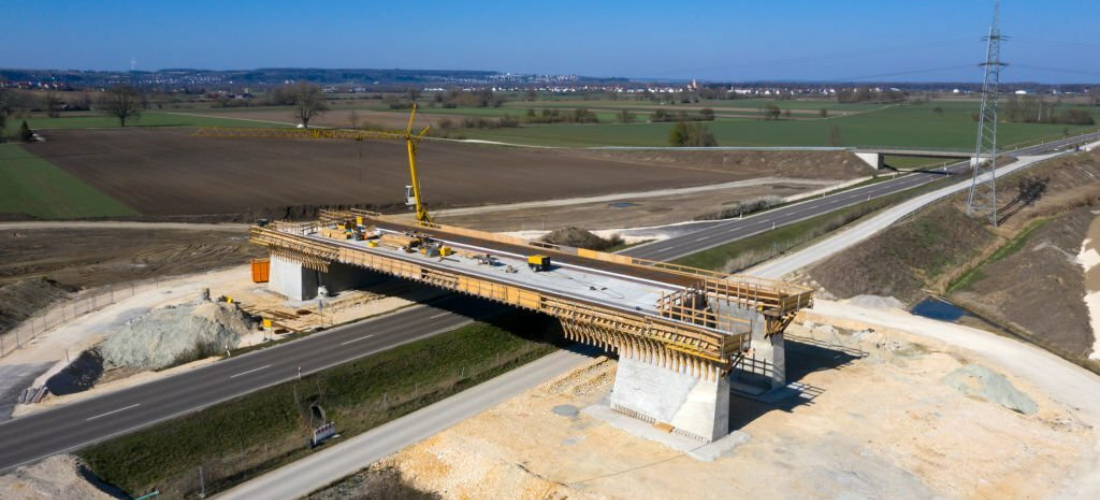As technology continues to advance, the world of road operation and maintenance is undergoing a transformative shift. This blog explores the latest innovations shaping the future of road infrastructure, from smart technologies to sustainable practices that promise increased efficiency and longevity.
Smart Road Monitoring Systems: Real-Time Insights for Proactive Maintenance
One of the key innovations in road operation is the implementation of smart road monitoring systems. These systems utilize sensors and cameras to provide real-time insights into road conditions. From monitoring traffic patterns to identifying potential issues like potholes and cracks, smart technology enables authorities to proactively address maintenance needs, preventing minor problems from escalating.
Drones for Aerial Inspections: Precision Maintenance from Above
Drones are revolutionizing the way roads are inspected and maintained. Aerial inspections conducted by drones offer a comprehensive view of road conditions, allowing authorities to identify issues in remote or difficult-to-reach areas. This not only enhances the accuracy of inspections but also minimizes the need for extensive manual surveys.
Data Analytics for Predictive Maintenance: Anticipating Needs Before They Arise
The power of data analytics is now harnessed for predictive maintenance in road infrastructure. By analyzing historical data and patterns, authorities can anticipate maintenance needs before they become critical. This proactive approach minimizes disruptions, reduces costs, and contributes to the overall longevity of road networks.
Self-Healing Materials: Paving the Way for Resilient Roads
Innovations in materials science have given rise to the development of self-healing materials for road construction. These materials have the ability to repair small cracks autonomously, preventing them from expanding and causing more significant damage. Self-healing materials contribute to the durability and sustainability of road infrastructure.
Solar Roadways: Integrating Energy Generation with Road Surfaces
Solar roadways represent a groundbreaking innovation where road surfaces are designed to harness solar energy. Embedded solar panels can generate electricity to power streetlights, traffic signals, and even nearby communities. This dual-purpose approach not only contributes to energy sustainability but also enhances the overall functionality of road systems.
Robotics in Road Maintenance: Automating Repairs and Inspections
Robotic technology is making its way into road maintenance, automating various tasks such as pothole repairs and inspections. Robots equipped with specialized tools can efficiently carry out maintenance activities, reducing the reliance on manual labor and increasing the speed and precision of repairs.
Eco-Friendly Roadside Vegetation: Green Solutions for Roadside Maintenance
Innovations in roadside maintenance include the adoption of eco-friendly vegetation. Planting native and adaptive species along roadways helps control erosion, improve aesthetics, and even contribute to air quality. This sustainable approach not only enhances the environmental impact of roads but also reduces the need for extensive maintenance.
Electrically Conductive Concrete: Snow and Ice Management
In regions with cold climates, the innovation of electrically conductive concrete is proving to be a game-changer for snow and ice management. This specialized concrete can be heated to melt snow and ice, providing a more efficient and environmentally friendly solution compared to traditional de-icing methods.
Conclusion: Navigating the Road Ahead with Innovation
In conclusion, the future of road operation and maintenance is marked by innovation. From smart technologies offering real-time insights to sustainable materials and practices, these advancements are paving the way for resilient and efficient road infrastructure. Embracing these innovations not only enhances the overall functionality of roads but also contributes to a more sustainable and connected future. As we navigate the road ahead, the integration of these innovations promises to reshape the landscape of transportation and infrastructure management.

